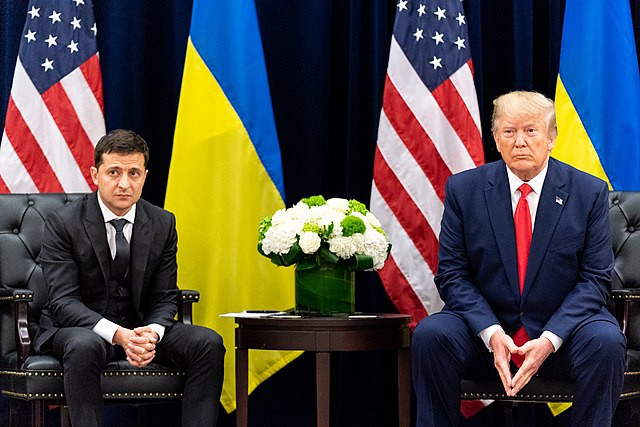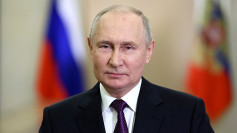The Trump administration finalized a long-delayed economic partnership agreement with Ukraine on Wednesday, securing U.S. access to Kyiv's rare earth minerals in a deal that both sides framed as a step toward reconstruction and peace, following months of stalled negotiations and political tension.
Treasury Secretary Scott Bessent confirmed the agreement, calling it a "strategic investment partnership" and a recognition of the "significant financial and material support that the people of the United States have provided to the defense of Ukraine." The deal follows an earlier collapse in negotiations after President Trump and Ukrainian President Volodymyr Zelensky clashed in a contentious Oval Office meeting in February.
"As the president has said, the United States is committed to helping facilitate the end of this cruel and senseless war," Bessent stated. "This agreement signals clearly to Russia that the Trump administration is committed to a peace process centered on a free, sovereign, and prosperous Ukraine over the long term."
The deal establishes a U.S.-Ukraine joint investment fund, structured as a 50-50 partnership, to finance the development of rare earth and critical minerals in Ukraine. The fund will be exempt from U.S. tariffs and taxes, and future American military assistance to Ukraine may be credited as contributions. Ukraine will maintain full control over its subsoil and natural resource governance.
"All resources on our territory and in territorial waters belong to Ukraine," Economy Minister Yulia Svyrydenko said on X after signing the agreement in Washington. "Subsoil remains under Ukrainian ownership-this is clearly established in the Agreement."
Ukrainian Prime Minister Denys Shmyhal emphasized that the deal does not include retroactive obligations tied to past U.S. military aid, a point that had previously derailed discussions. "It is truly an equal and beneficial international agreement on joint investments in the development and recovery of Ukraine between the U.S. and Ukrainian governments," Shmyhal said.
According to Axios, Zelensky's deputy minister of economy, Taras Kachka said that the deal aims to spur further U.S. investment in Ukraine's defense. He described the final version as "a win-win" that focuses purely on investment, adding, "It is written in friendly language. It is about investments, investments and investments."
The U.S. Geological Survey classifies 50 critical minerals essential to national security and technology sectors. Ukraine holds deposits of at least 22 of them, including rare earth elements vital for electronics, weapons systems, and clean energy technologies-resources the U.S. has long sought to access as it tries to reduce reliance on China, the global leader in rare earth production.
The breakthrough follows a period of diplomatic turbulence. During Zelensky's last visit to Washington, talks disintegrated after Trump and Vice President J.D. Vance confronted the Ukrainian president over previous U.S. aid and reportedly demanded repayment. Zelensky left the U.S. without signing the agreement.
Trump later ordered a temporary freeze on Ukraine aid, prompting concern among Kyiv's European allies and signaling a departure from the bipartisan approach that had underpinned Western support since Russia's full-scale invasion in February 2022. Although the suspension has since been lifted, it underscored the transactional framing the Trump administration has applied to Ukraine.
Bessent insisted that no changes had been made from the U.S. side, despite reports that earlier versions of the agreement included provisions for American oversight of Ukrainian infrastructure. The current agreement avoids those provisions but aligns closely with a memorandum drafted during the Biden administration that promoted U.S. investment in Ukraine's mining sector in exchange for regulatory reforms and environmental protections.






